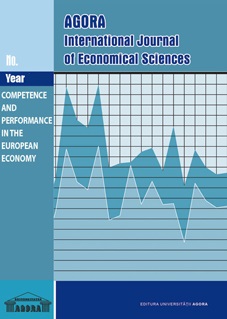STRATEGIC AND ECONOMIC FEASIBILITY OF HYDROGEN INTEGRATION IN AIRPORTS: A CASE STUDY OF TIRANA INTERNATIONAL AIRPORT
DOI:
https://doi.org/10.15837/aijes.v19i1.7153Abstract
Hydrogen and fuel cell technologies are increasingly recognized as strategic tools for decarbonizing the aviation sector, offering not only environmental benefits but also operational and economic value. However, their effective integration within complex airport ecosystems remains underexplored, particularly concerning investment planning and infrastructure management. This study evaluates the technical, environmental, and economic feasibility of deploying hydrogen technologies at Tirana International Airport (TIA), focusing on both stationary and mobility applications powered by rooftop photovoltaic (PV) systems. Scenario-based modeling shows that allocating 25% of TIA’s PV output could produce approximately 5,750 kg of green hydrogen annually—sufficient to supply 96 MWh of clean electricity or support 63,889 km of hydrogen-powered vehicle travel. The environmental assessment reveals a net annual CO₂ reduction of 58,576 kg, primarily from mobility uses, which alone account for 70,181 kg of avoided emissions. Economic analysis estimates the Levelized Cost of Hydrogen (LCOH) at €6.91/kg under current conditions, with potential to decline to €4.45/kg in a lower-CAPEX scenario. The corresponding cost for hydrogen mobility ranges from €1.16/km to €0.85/km, depending on technology and investment assumptions. These results highlight the importance of capital planning, utilization rates, and cost optimization strategies for real-world deployment. A SWOT analysis is used to identify strategic enablers and barriers, revealing key opportunities such as access to EU funding, public-private partnerships (PPPs), employment creation, and the potential to position TIA as a green infrastructure leader in the Western Balkans. The study concludes that hydrogen integration, if paired with targeted investment, institutional support, and coordinated stakeholder engagement, can significantly enhance airport resilience, energy autonomy, and economic competitiveness, aligning with both national policy priorities and broader European sustainability goals.



